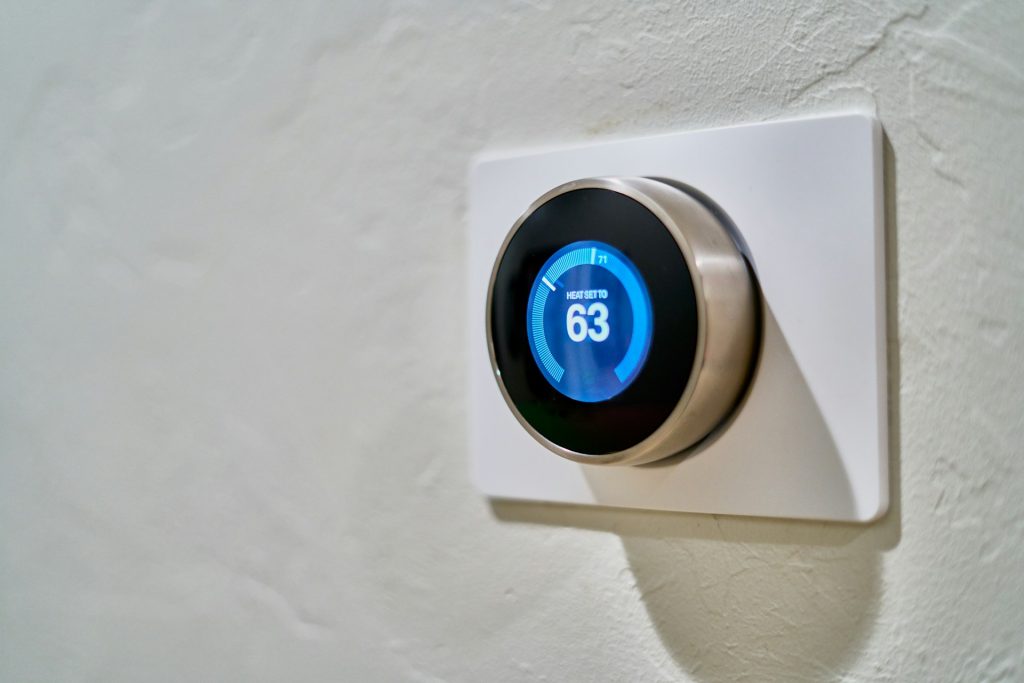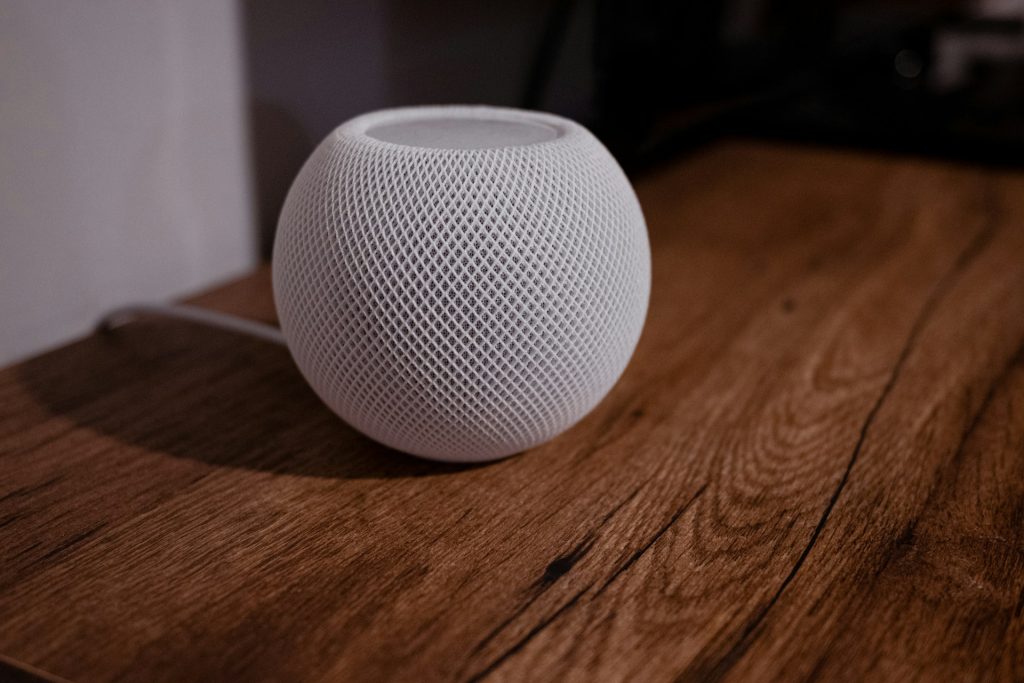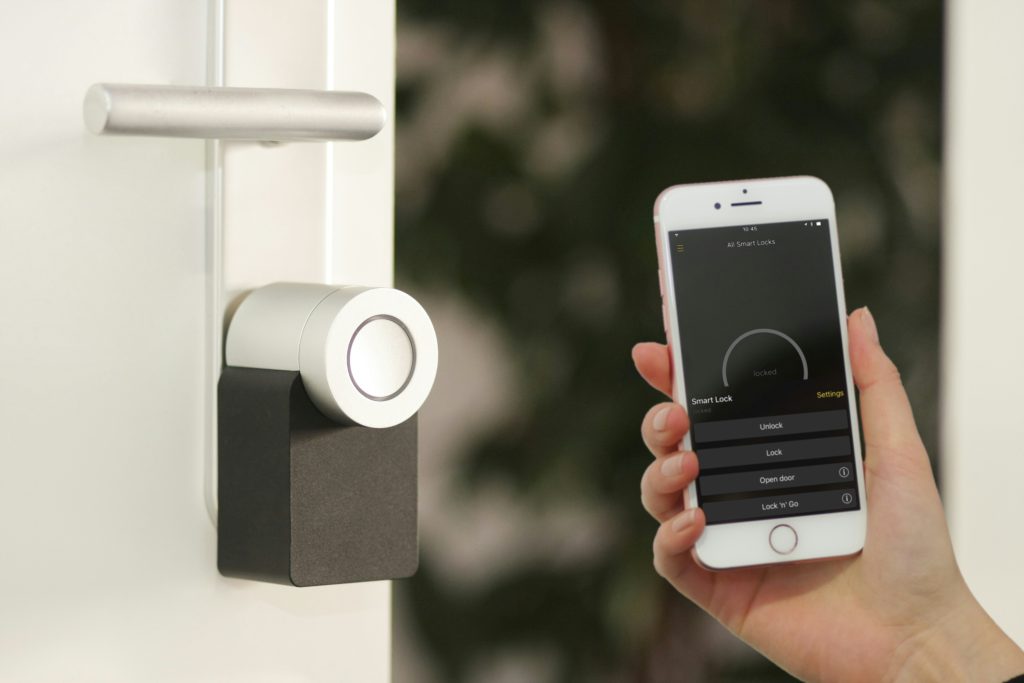The AI for smart home revolution is entering its explosive growth phase. The global market was valued at USD 127.80 billion in 2024 and is projected to reach USD 537.27 billion by 2030, with annual growth of 27% starting in 2025.
But it’s not just about numbers. It’s because we’re entering the era of domestic AI. The market is experiencing a boom in artificial intelligence-powered devices that enhance automation and user experience across products like cameras, smart lighting, streaming devices, and appliances.
What makes a home truly intelligent?
Smart devices have been around for a while. But AI takes things to another level.
Unlike basic automation (“turn on the lights at 7 PM”), an AI-powered home observes your behavior and evolves. It:
- notices patterns
- learns your routines
- adjusts the environment to suit you, without you lifting a finger.

Imagine:
- A thermostat that knows when you’re coming home and pre-heats the space.
- Lights that adjust to your mood or time of day.
- A refrigerator that tracks what’s missing and suggests recipes.
- Security cameras that ignore your pets but alert you if someone unfamiliar appears.
Some systems go further:
- Window blinds that automatically lower in the afternoon to reduce heat.
- Coffee makers that start brewing when your alarm goes off.
- Mirrors that display your calendar and weather forecast while you brush your teeth.
These aren’t far-fetched ideas. They’re features already available today and improving rapidly.
Meet your new (voice-controlled) housemate
You probably already talk to your house. The difference is that now it talks back.
Voice assistants like Alexa, Siri, and Google Assistant are no longer just fun gadgets. They’ve become the central nervous system of your smart home.

You can say:
- “Alexa, good morning” and have your blinds open, coffee brewed, and news playing.
- “Hey Google, lock the front door” as you get into bed.
- “Siri, start the washing machine” without leaving the couch.
And they’re getting smarter. Amazon now integrates AI models like Claude to make Alexa more conversational, contextual, and capable of handling complex requests. Think less scripted commands, more natural interaction.
In multilingual homes, assistants can now switch between languages mid-conversation. They can even act as real-time translators or help children with their homework by explaining concepts in simpler terms.
Want to learn more about these systems? Read GPT, Claude and Gemini in 2025: What real usage data reveals.
AI that pays for itself
Smart homes aren’t just about convenience. They can also help you cut your energy bills and carbon footprint.
- Thermostats that learn your schedule can reduce heating/cooling use by 10% to 15%.
- Washing machines that detect fabric type use less water and power.
- Sensors that turn off lights or devices in empty rooms help avoid waste.
Some systems also suggest optimized energy usage plans based on your utility provider’s peak hours. Others let you monitor your consumption room by room. They help you identify and fix inefficiencies you didn’t know existed.
In the long run, AI saves money. And it does so without sacrificing comfort.
Security that thinks ahead

Forget traditional alarms. AI-powered security is proactive, not reactive.
- Facial recognition identifies family vs. strangers.
- Smart doorbells detect packages and alert you when they’re delivered.
- Systems learn your routines and can flag unusual activity before it becomes a problem.
Even your home Wi-Fi can benefit. AI can detect suspicious network activity and block cyber threats before they compromise your devices.
Some systems include 24/7 video monitoring with AI-powered motion detection that can distinguish between wind-blown trees and real intruders. Others feature emergency detection, like identifying broken glass or smoke and sending alerts instantly.
Entertainment, atmosphere, and wellness
Using AI also means creating the right mood and keeping you healthy.
- Lighting systems can sync with your music or shift to calming tones at night.
- Streaming services know what you’ll want to watch before you do.
- Air quality monitors kick in purifiers before you feel the stuffiness.
The next level includes physical AI assistants. Samsung Ballie, for instance, is a small rolling robot in development that acts as your home’s mobile brain. It controls devices as it moves, checks on pets while you’re away, and even suggests dinner recipes based on what’s in your fridge.
And there’s more:
- AI-powered beds that adjust firmness based on your sleep patterns.
- Smart mirrors that track skin conditions over time.
- Personalized meditation playlists and lighting scenes to help you unwind after a long day.
The privacy question
Yes, your smart home is collecting data. That’s how it learns.
But that doesn’t mean giving up your privacy. Many devices now offer on-device processing (data stays on your home network) and encrypted local storage. Choosing brands that prioritize transparency and control is key.
Think of it like this: you want a helpful assistant, not a spy. The good news? That balance is becoming easier to strike.
Some ecosystems now let you review and delete your data anytime, schedule auto-deletions, and decide what gets shared to the cloud versus stored locally.
Looking ahead: AI as the new standard
The smart home market is evolving from novelty to necessity, and AI is driving that transformation. With projected annual growth of 27% through 2030, we’re witnessing more than a trend: it’s a revolution.
We’re moving beyond the era of “Hey Alexa, play music” into systems that anticipate your next move before you even ask.
Choose technology that evolves with you. The difference between a connected home and a smart home is learning.
